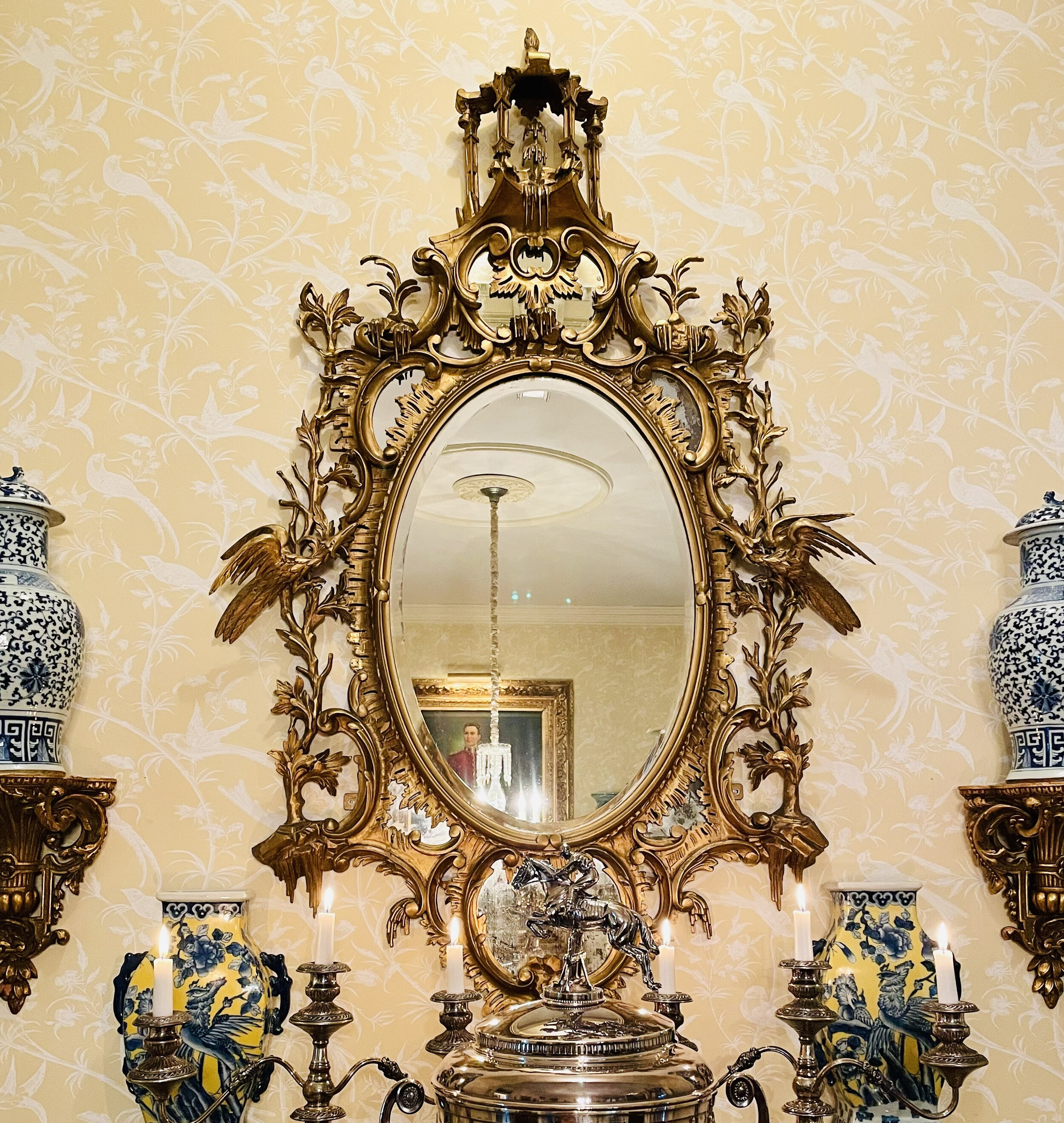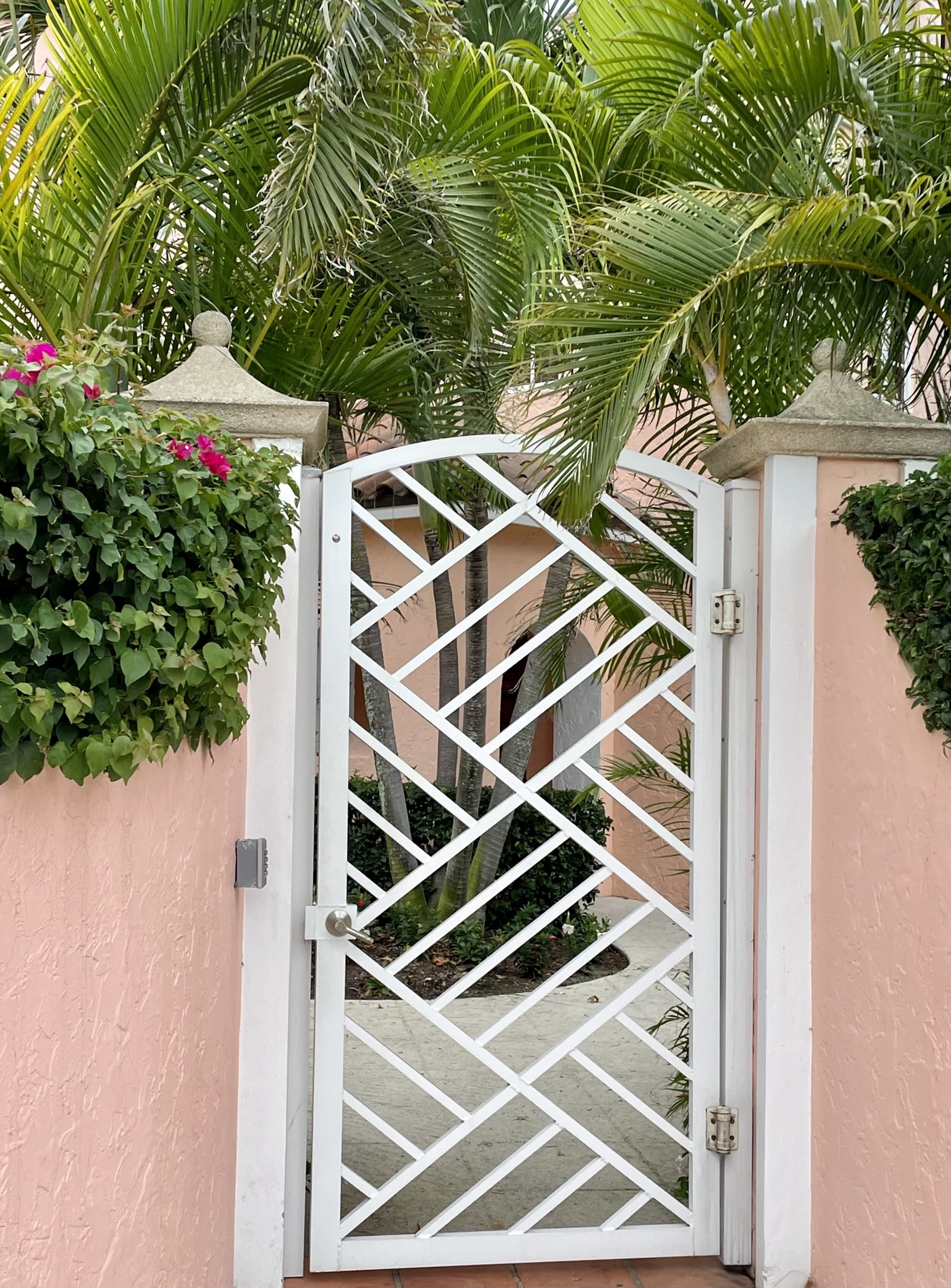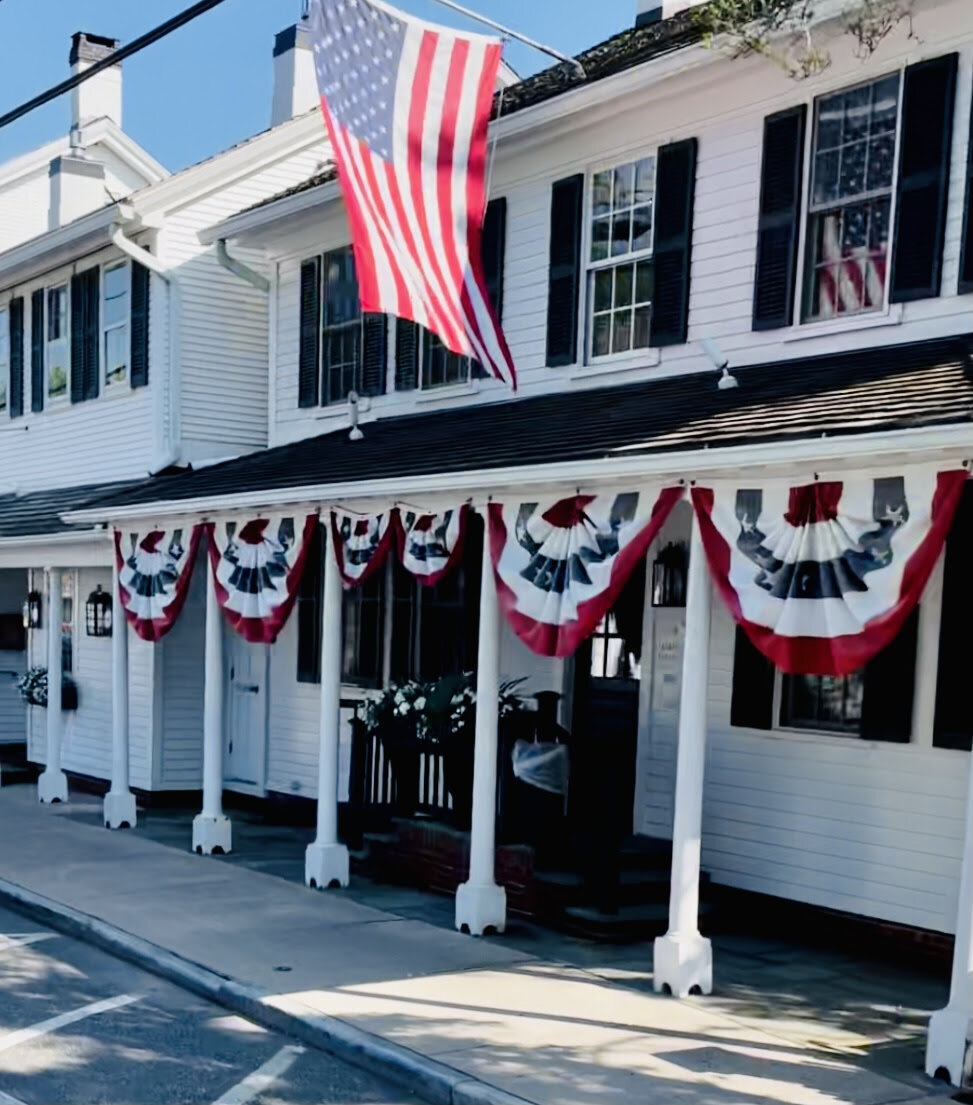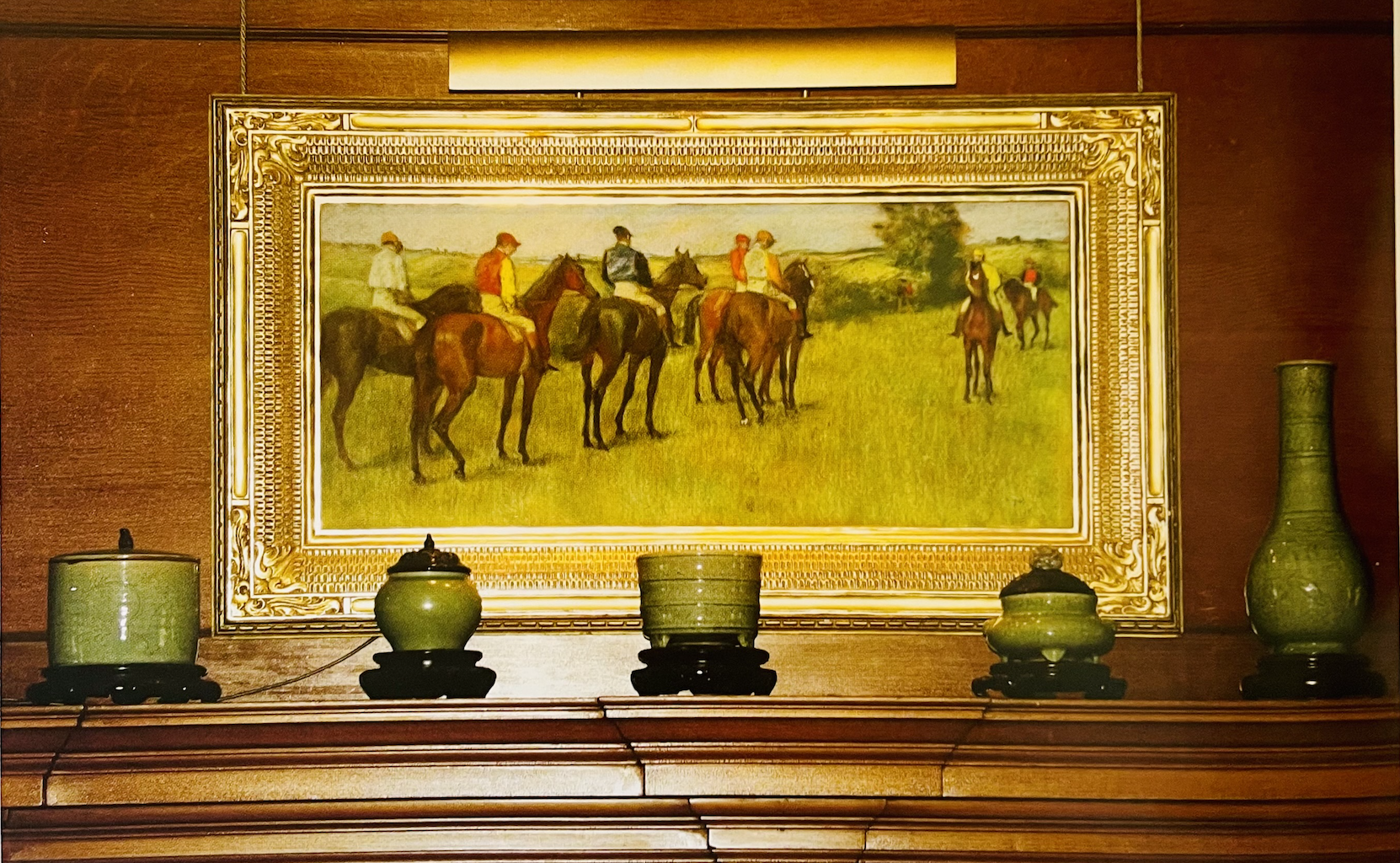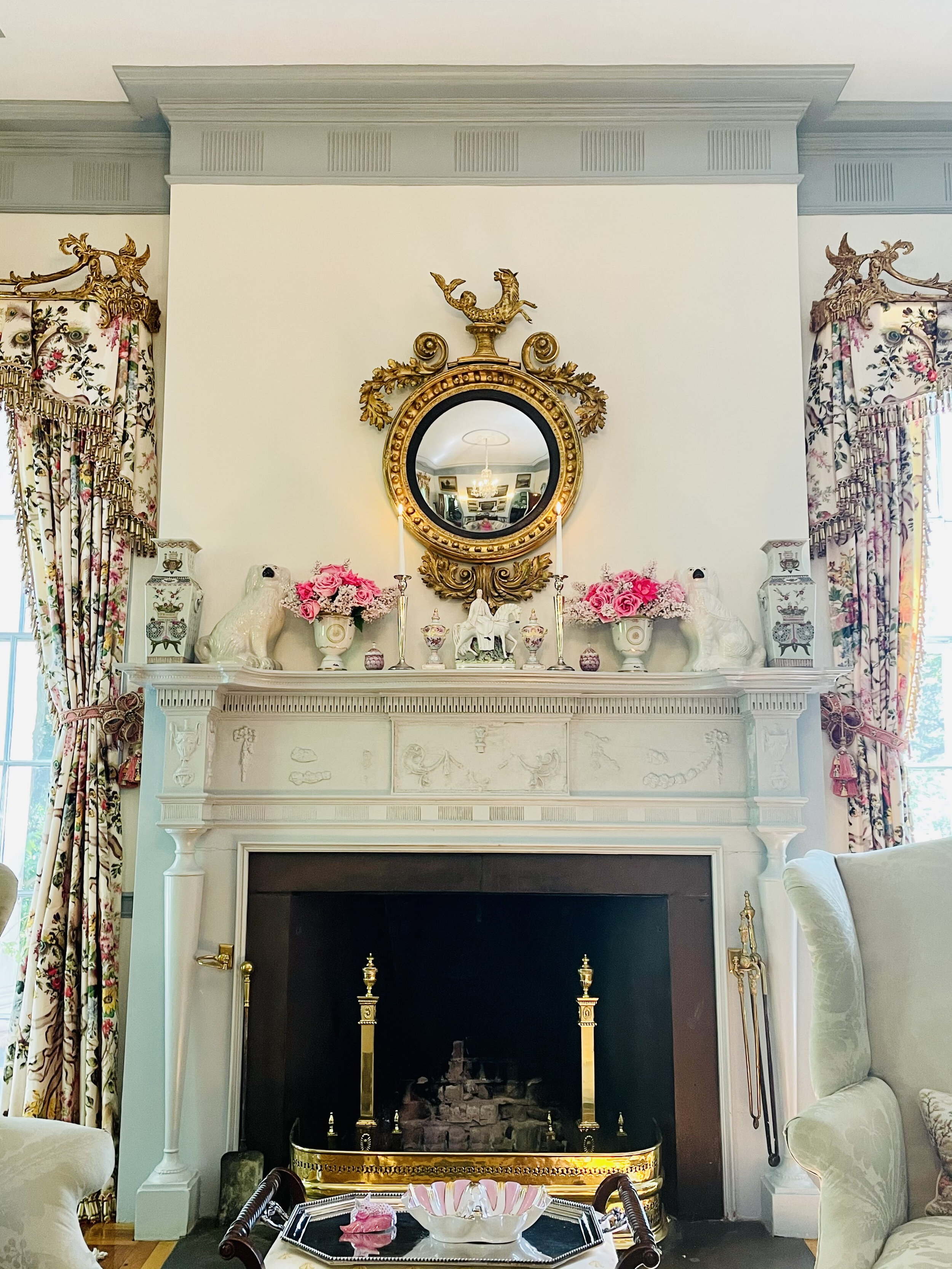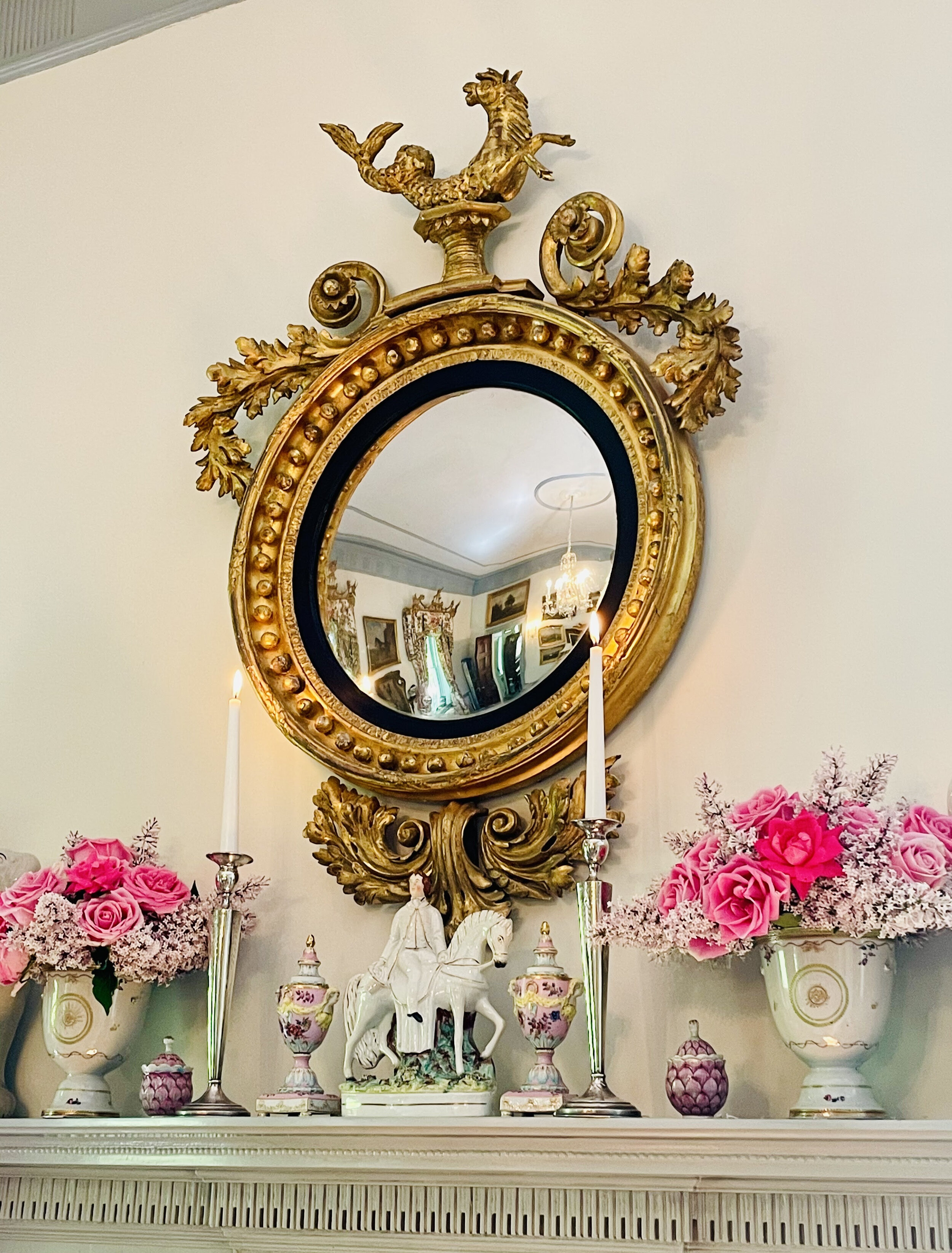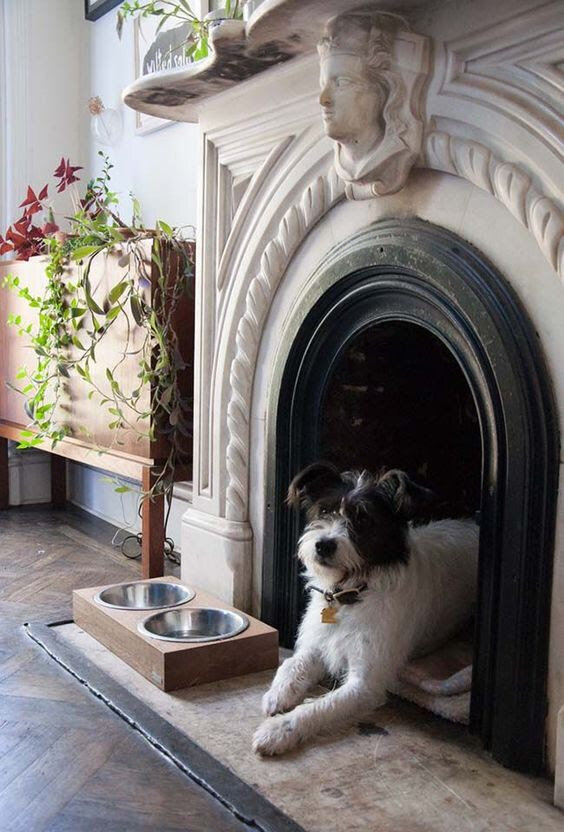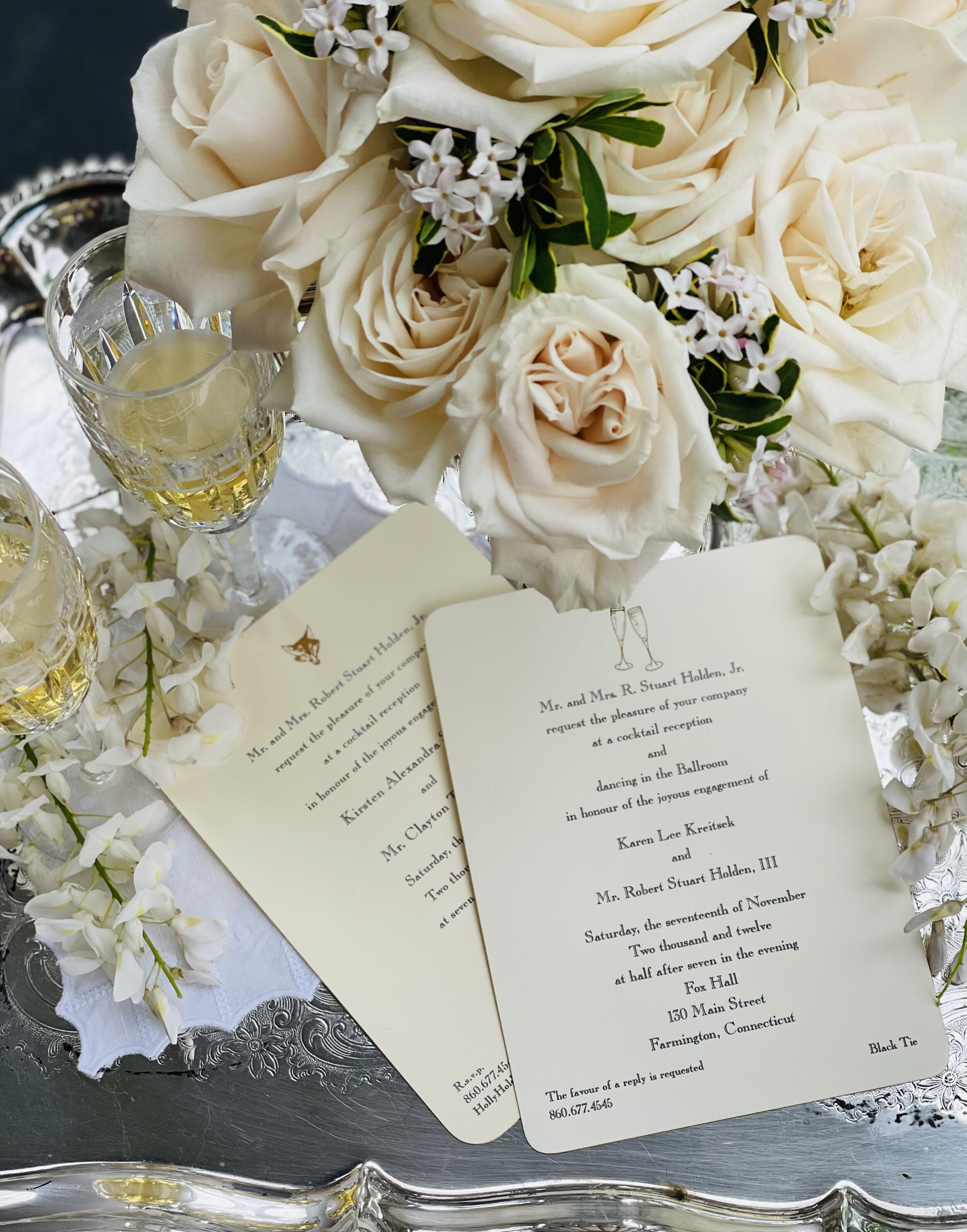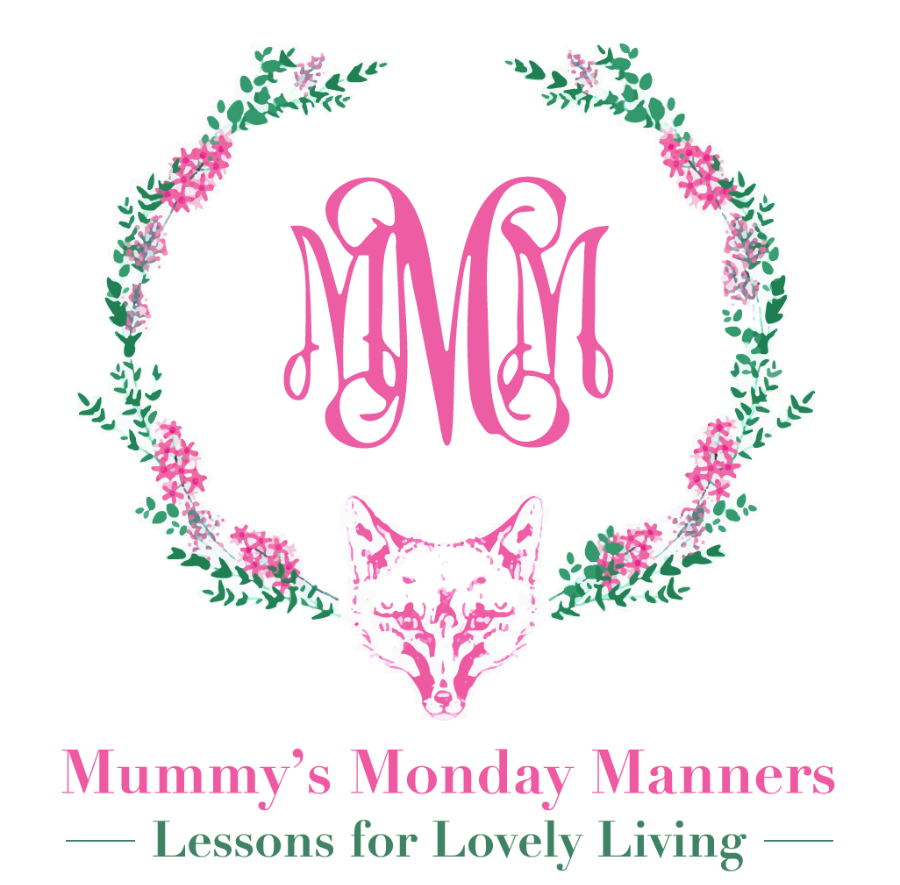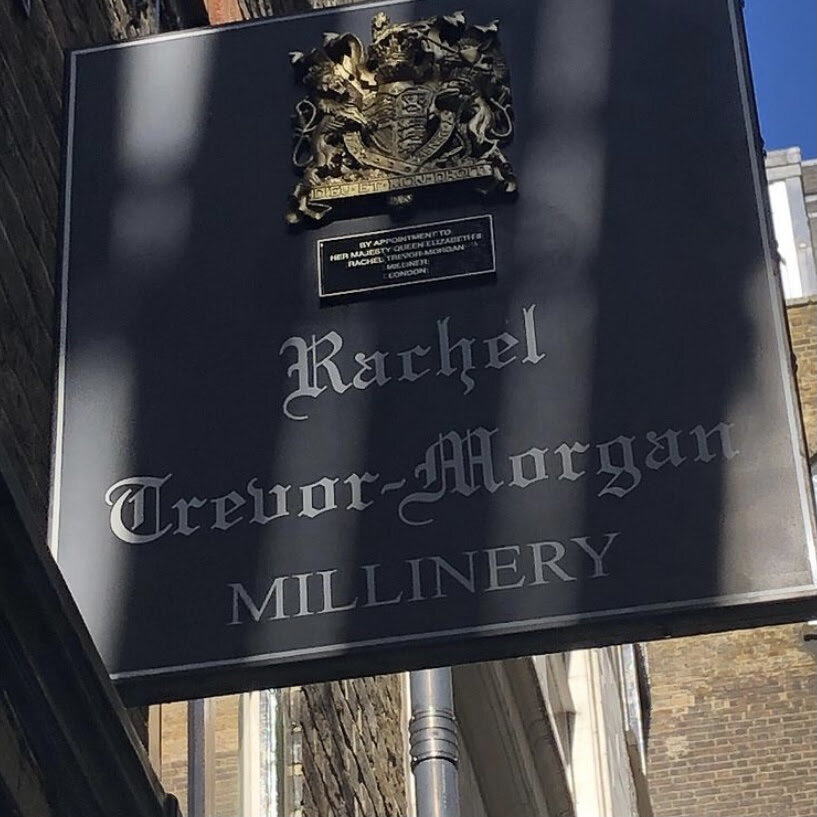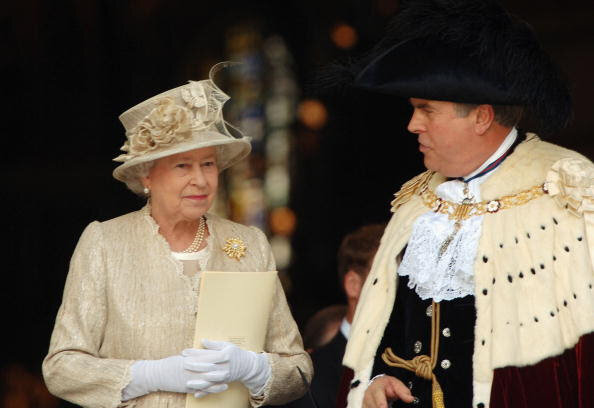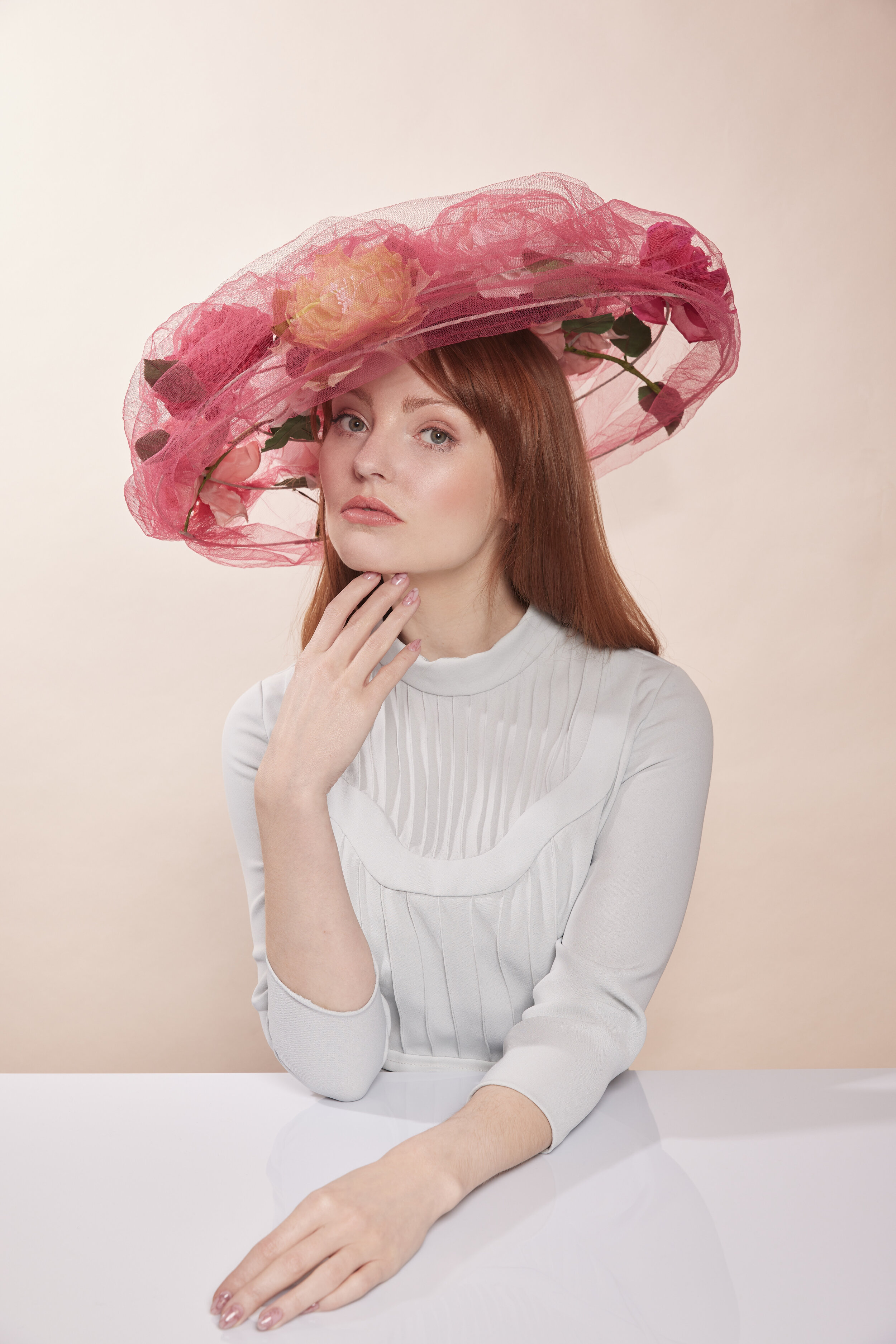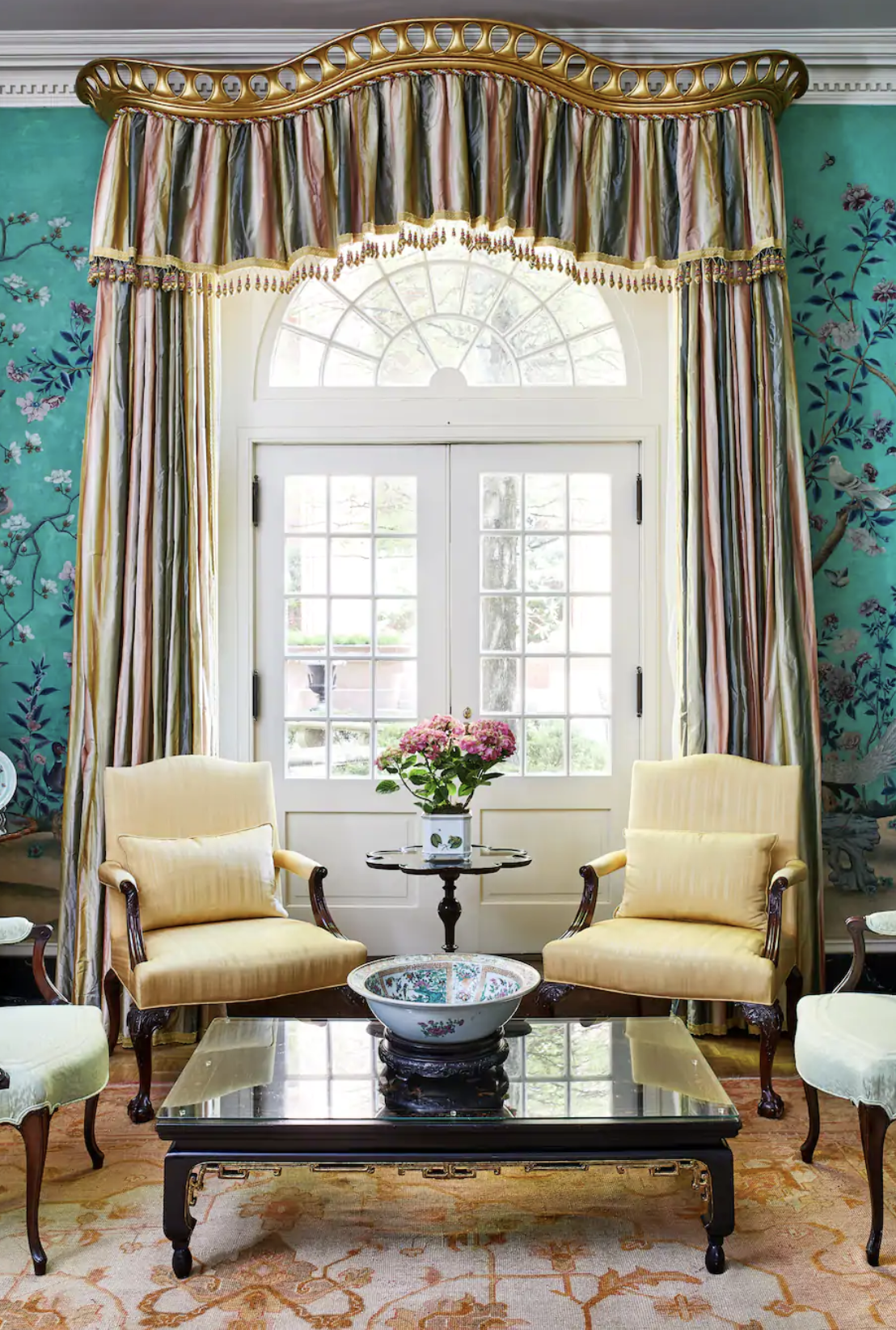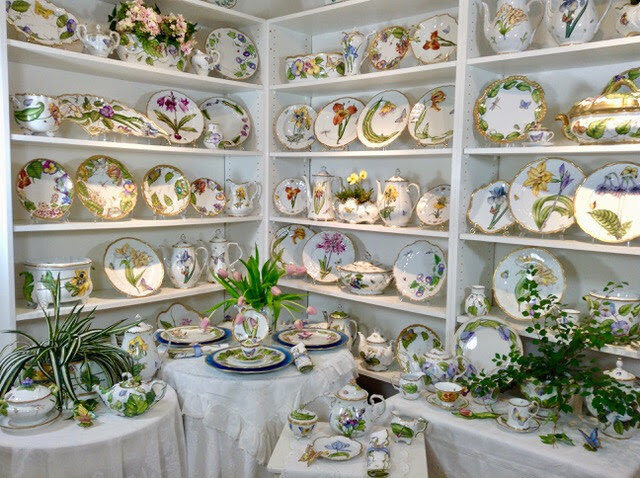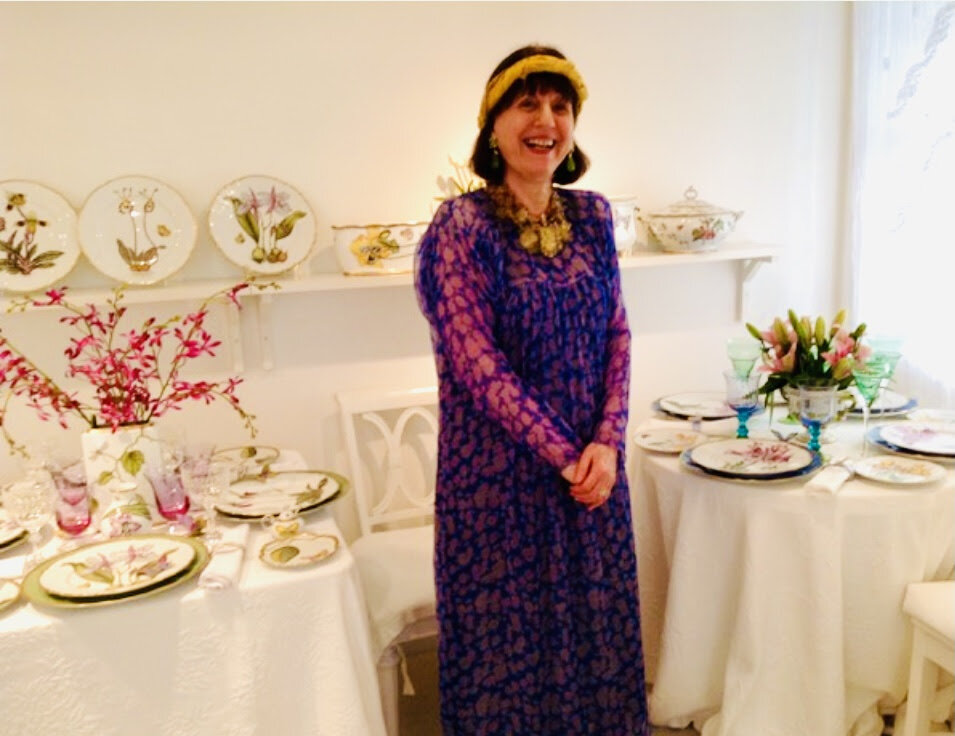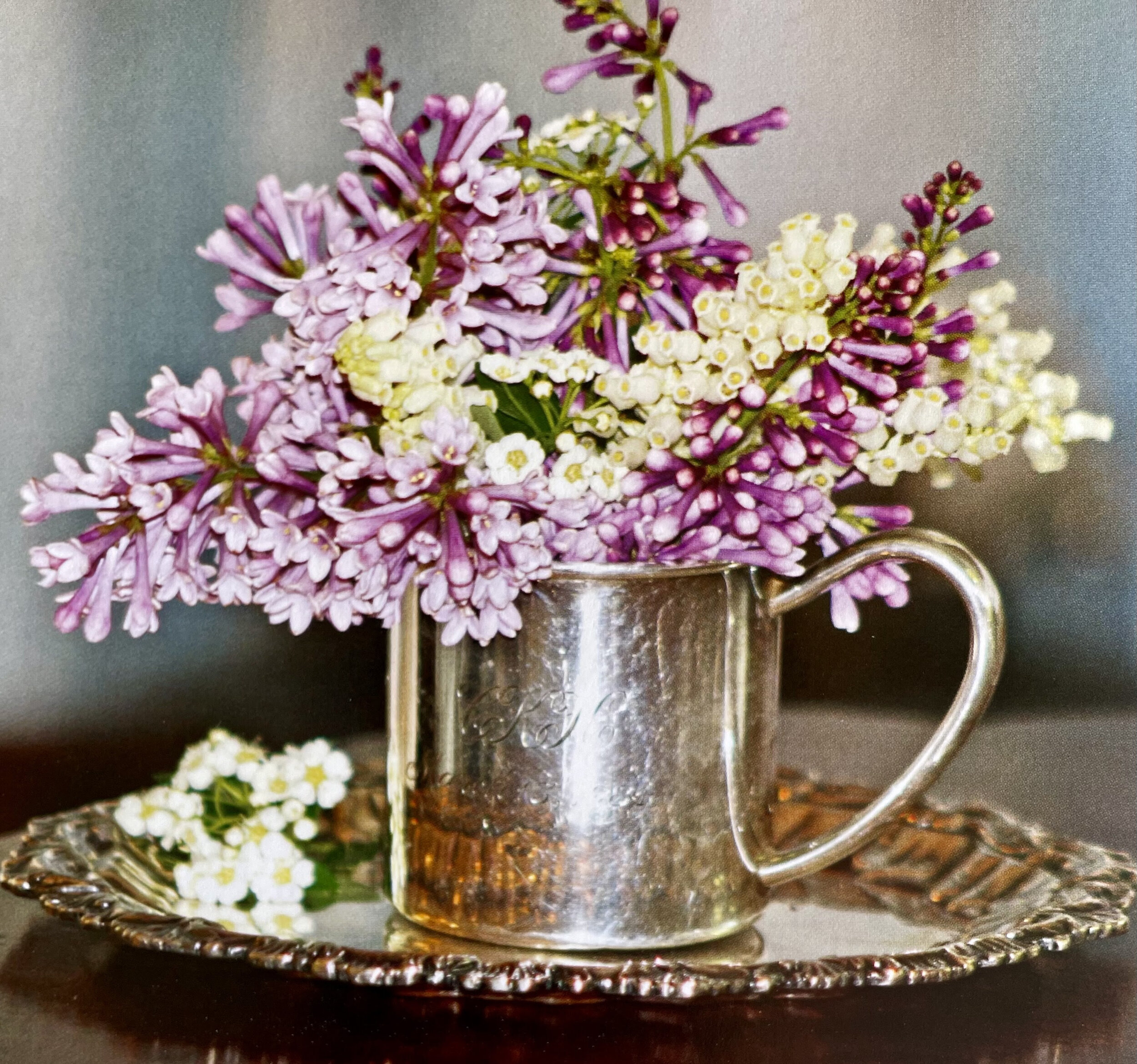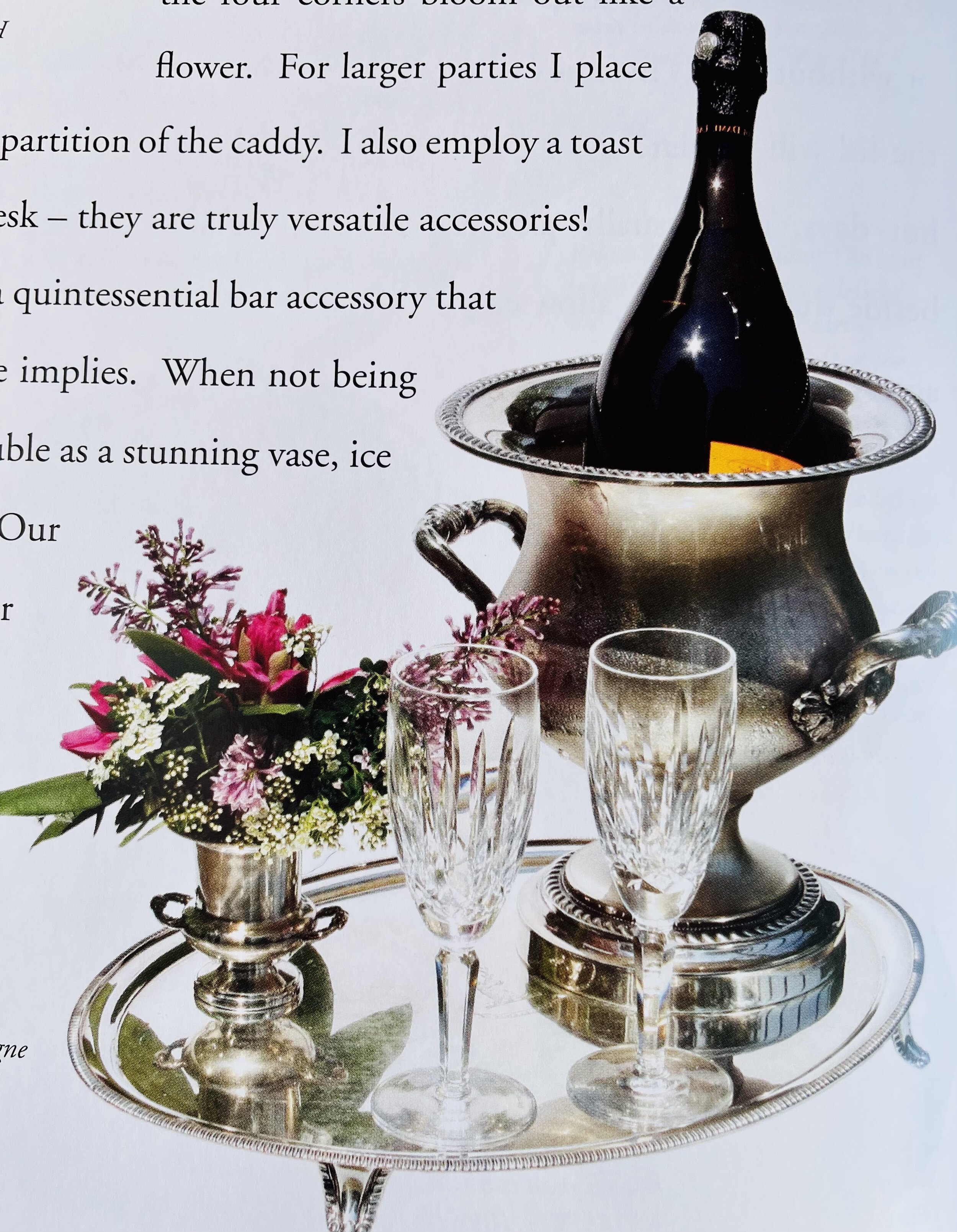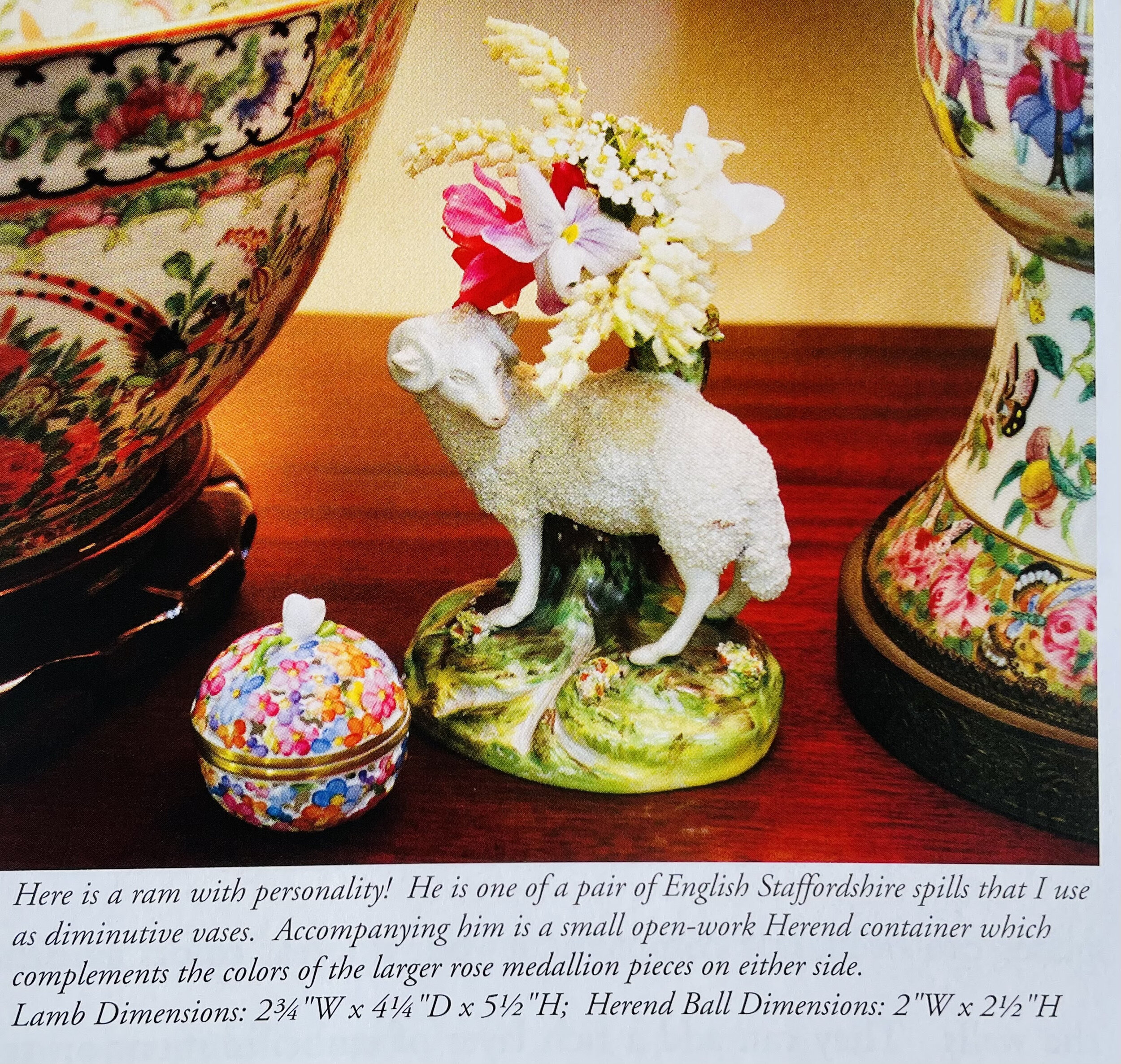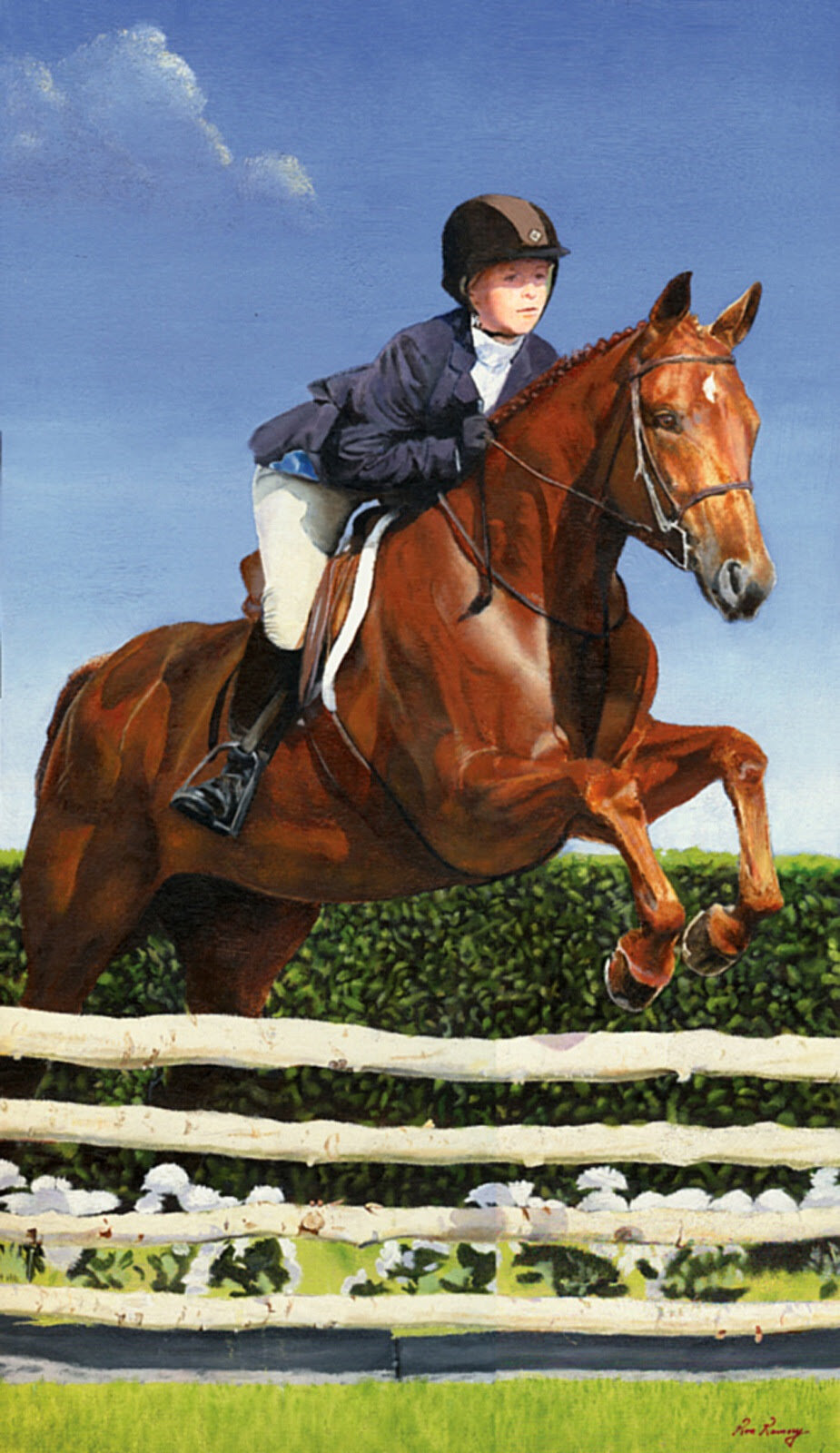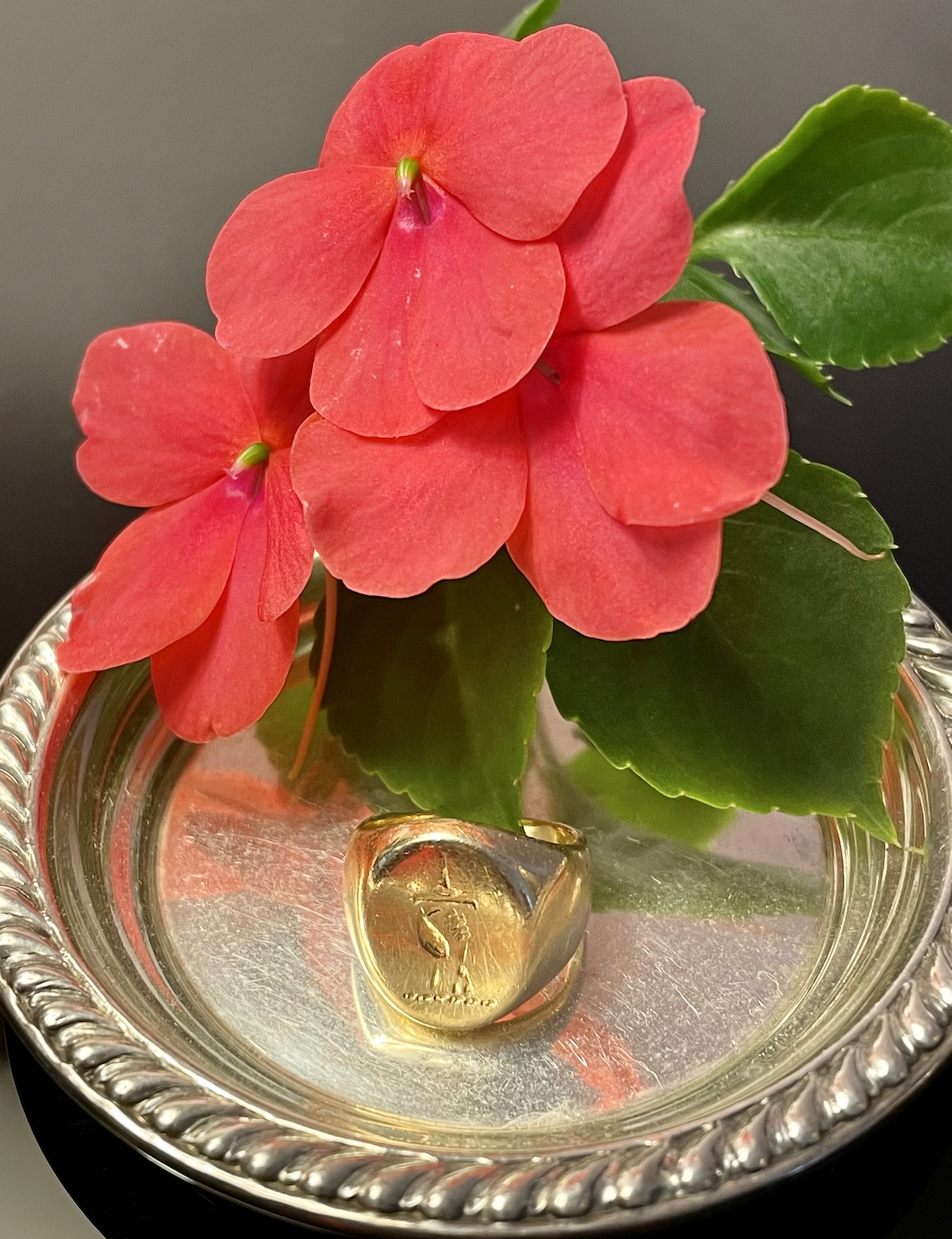The Chinese Chippendale-inspired gilt mirror in the dining room at Fox Hall features a pagoda element at the top.
As I commenced the interior design for a pretty place at 100 Worth Avenue, Palm Beach, which has a fabulous ocean view, I was inspired to share my vision with you! While the ocean view from the living room and dining room is the main event, the dining room is in need of aesthetic character. Recently renovated, it now has a contemporarily stark white palette. It is yearning to be beautified with interesting and detailed wood mouldings, and of course, color. Voila! I was inspired to design and embellish the dining room with a bespoke Chinese Chippendale motif!
Stuart surprised me with this lovely cabinet for my office. The Chinese Chippendale-inspired pagoda crown and mullion design on the glass door is charming. On the top shelf, I placed mementos from my television episodes: a watercolor of Highclere Castle from Lady Carnarvon, a bottle of Blenheim Palace water, and seashells from my Palm Beach book.
Thomas Chippendale, 1718-1779, the legendary London cabinet maker, wrote a catalogue in 1754, The Gentleman and Cabinet Maker's Director, featuring 160 of his stellar designs. It was the first and most famous reference book of its kind. One recognizable trademark of Chippendale furniture is the ball and claw foot, but there is a world of detail beyond. To this day, his mid-Georgian designs are stunningly divine and continue to be valued and appreciated, proving the essence of his timeless, classical style.
The very first antique that Stuart and I purchased almost 45 years ago in Connecticut. The ball and claw feet are a prototypical example of Chippendale’s design.
Chippendale combined multiple design cultures within his intricate furniture designs. Between his Gothic, Rococo, and Chinese references, it is his Chinese influence of design, aka “Chinoiserie,” that has always captured my attention and heart! From the intricate fretwork found on furniture legs, galleries, and pediments, along with his pagoda enhanced beds and chairs, and delicately designed gilt mirrors, he also utilized his Chinese-inspired design on outdoor gates, fences, and balustrades. These designs hint at bamboo, pagodas, dragons, and even the reference to lineal Chinese characters.
The Chinoiserie-inspired table in our hall has delicate open fretwork, along with a pieced gallery that adorns the upper edge of the table.
Chinese Chippendale motifs continue to be embraced and embody many of the elegant design aspects in Palm Beach. There is an exotic sophistication that is gleaned from the Chinese export trade which took place in the 18 and 19th centuries. Quintessentially, Chinese Chippendale design lends a quiet nod to worldly travel.
In front of The Colony Hotel in Palm Beach is the Hibiscus guest house, where our family stayed during the week preceding our son's wedding! This attractive gate, with its Chinese Chippendale design, greets the guests.
My goal is to create a white, openwork, Chinese Chippendale-designed wall to separate the front door from the dining room, creating a hallway (which is non-existent), while not blocking the magnificent ocean view ahead. The bespoke Chinese Chippendale motif will also enhance the Chinese decorative elements I will specify for both rooms. I will share the final images once designed and completed!
Chippendale excelled at the delicate, unified dance between form, functionality and beauty; the essence of harmonious, gracious living!
Consider inspiring one or two friends to subscribe to MMM today! You may also join me on Instagram for daily inspiration.
